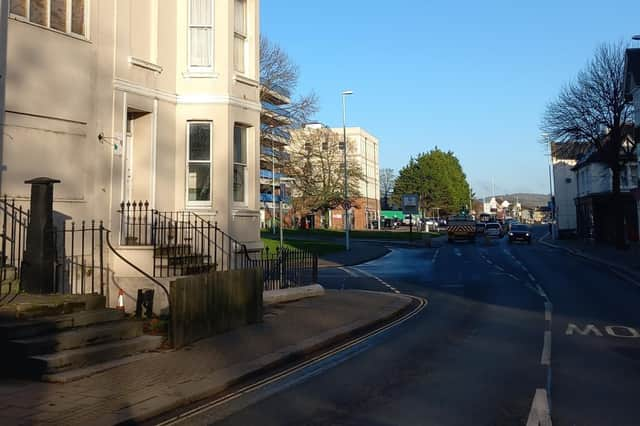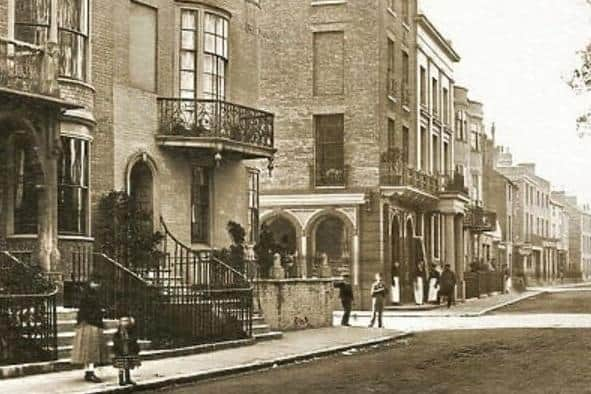Worthing town centre temporary accommodation approved


Worthing Borough Council’s joint strategic sub-committee approved plans to redevelop 5-7 High Street and 52 Ann Street, which will become eight self-contained temporary and emergency accommodation flats.
A budget of £2,354,300 was approved by the committee, £600,000 of which the council hoped to secure through Homes England funding.
Advertisement
Hide AdAdvertisement
Hide AdThe council’s cabinet member for housing and citizen services, Emma Taylor-Beal (Lab, Heene), said the council hoped to reduce reliance on privately rented accommodation, like bed-and-breakfasts, which were driving up costs, and improve the ‘poor condition’ of 5-7 High Street.


She said: “The intention is to provide much-needed temporary and emergency accommodation in line with our ambition to directly deliver good quality, sustainable homes for our citizens. [Over a 40 year period] the council will have realised in the region of £1.8million in savings which would otherwise have been paid out to bread-and-breakfast accommodation as well as providing the council with a useful and valuable asset.”
Despite a forecast net loss of £5,570 in the first year of the project, the redevelopment is expected to save the council roughly £44,000 a year over a four-decade period.
Members were given three options for how to proceed, choosing option two, which involved light demolition and extension, and indoor reconfiguration to provide four studio flats and four one-bed, two-person flats.
Advertisement
Hide AdAdvertisement
Hide AdOption one would have involved only reconfiguring the inside layout of the properties with no demolition, merging them and resulting in 12 HMO – house of multiple occupation – like rooms with shared kitchens and bathrooms.
The council’s legal team noted this might incur higher costs to the council due to an overage clause from purchasing the property from West Sussex County Council, despite being the fastest and cheapest overall. This option would also not have qualified for the government’s Brownfield Land Release Fund or Homes England funding due to the flats not being self-contained and not meeting space standards respectively.
Option three would have seen the existing Georgian buildings demolished and a new block of ten flats built on the site, which members determined as too detrimental to Worthing’s history and culture to lose the Georgian, street-facing façades.
This option was also the most expensive and time-consuming, but Cllr Taylor-Beal said if the structure was found to structurally unsound the council might have to take it and come back to committee for approval.
Advertisement
Hide AdAdvertisement
Hide AdBusinesses and Colonnade House to the south of the site are not included in the redevelopment, with members suggesting this redevelopment could help Colonnade House by improving its surrounding environment.
A previously approved planning application to demolish 2-7 High Street and 52 Ann Street, to build a mixed use development with five flats, cafés and exhibition rooms, had previously fallen through due to increases in construction costs.